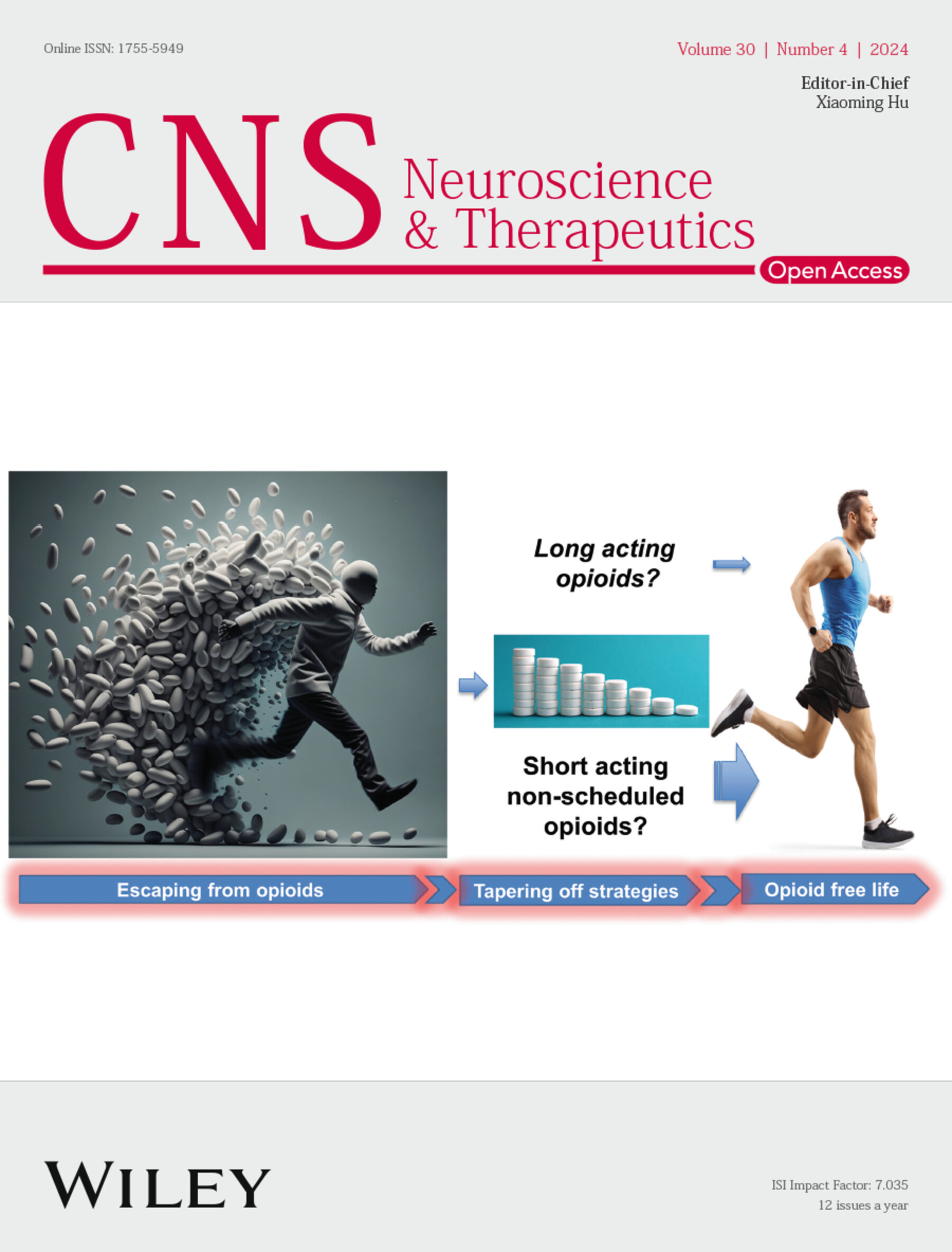Development of In Vitro Parkinson's Disease Model Mediated by MPP+ and α-Synuclein Using Wharton's Jelly Mesenchymal Stem Cells
Abstract
Main Problem
The mechanism behind Parkinson's disease (PD) is still unclear, and a cure to stop its progression is yet to be found. This is mainly due to the lack of effective human PD models. To address this, we generated an in vitro PD model using Wharton's jelly-derived mesenchymal stem cells (WJMSCs).
Methods
WJMSCs were isolated from the umbilical cord using an enzymatic method. MSCs were characterized by RT-PCR, immunofluorescence, and trilineage differentiation. MSCs were differentiated into dopaminergic neuron-like cells (DAN) and further degenerated by treating them with either MPP+ iodide or the A53T mutated α-synuclein variant. Gene expression analysis by qRT-PCR and protein analysis by immunofluorescence, flow cytometry, and ELISA were performed. Assays to measure LDH, ROS, NO, GSH, and mitochondrial membrane potential were also performed after degeneration.
Results
WJMSCs were positive for MSC markers and were able to differentiate into adipocytes, chondrocytes, and osteocytes. DAN obtained after the differentiation of WJMSCs for 48 h expressed neuronal markers such as synapsin 1, neuropilin, neurofilament, and MAPT along with dopaminergic markers such as Nurr1, DAT, TH, DDC, and KCNJ6 and were functionally active. Upon degeneration of DAN by MPP+ or A53T, elevated levels of SNCA and downregulation of TH, Nurr1, DAT, and KCNJ6 were observed. Furthermore, increased expression of α-SYN was detected at the protein level as well. Finally, reduction in mitochondrial membrane potential and GSH levels along with an increase in intracellular ROS, nitrite production, and LDH levels confirmed that the in vitro PD-like model exhibited the molecular characteristics of PD.
Conclusion
This model is rapid, cost-efficient, and effective for understanding the molecular mechanisms of the disease and can also be used for screening of emerging therapeutics for PD.


 求助内容:
求助内容: 应助结果提醒方式:
应助结果提醒方式:


